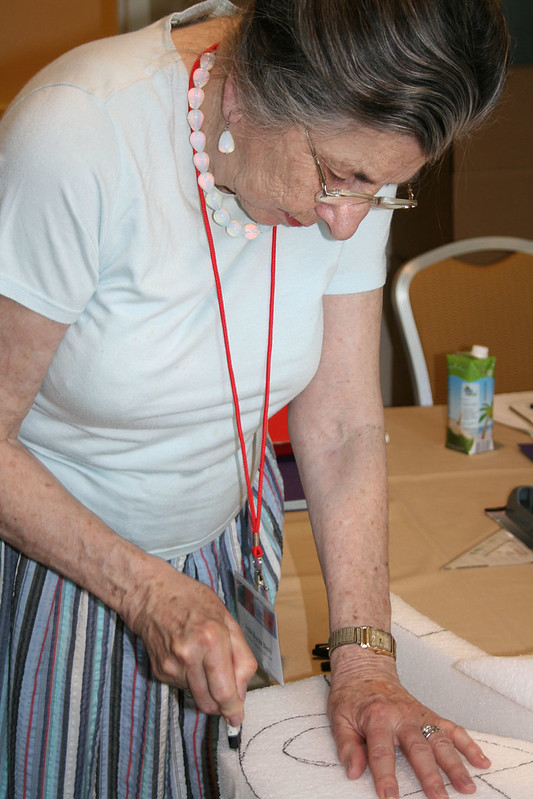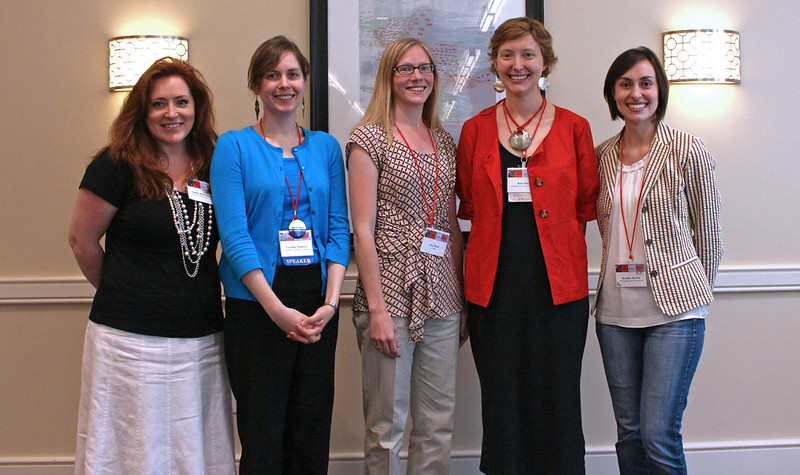By now you’ve registered for the annual meeting in Philadelphia, booked your hotel room at the Marriott Downtown, and bought your plane ticket to PHL. All that’s left to do is pack your suitcase, then you’re set to go. But what about when you get to Philadelphia? Does the thought of researching your trip seem daunting? Look no further, I did the research for you and came up with what I believe to be the most important tips for navigating Philly:

Transportation
By plane: The easiest way to get to the conference hotel from the airport is to take the Regional Rail train; it picks up in four different locations within the airport every 30 minutes between 5 am-midnight. You can buy your ticket from a conductor on the train for $7 to center city. That price includes your ride to 30th St. Station and a transfer to the Market-Frankford subway line, which will take you to the Market East Station, about a block east of the hotel.
By train: From 30th St. Station, you can either catch the subway to the hotel (see above) for a $4 fare, taxi for ~$10, or bus. For $2 one way, bus #44 picks up at the station, and stops at almost every block of Market St., including 12th St., just in front of the hotel.
By car: Having booked your hotel room, you probably already know the rate to park your car at the Marriott—$41 a day! You may consider renting a car—if you prefer to drive to Philadelphia—then drop it off when you get to town.
Otherwise, there are a few parking options outside the hotel, such as a parking garage. Parking garages appear on every other block in center city, and run from $19-$25 for 24 hrs. Street parking is available at $2/hr., but you will have to return to the kiosk every 1-2 hrs. to purchase another ticket.
If you have the energy, you can do a combination of garage parking during the day, for about $16, then street parking at night. Whatever you do, I recommend checking on your car at least once a day, just to make sure it’s safe and you haven’t started accumulating tickets…you never know with the Philadelphia Parking Authority!
Dining
At the hotel: There are two restaurants and a Starbucks in the hotel for your convenience, but the area is full of great restaurants, at a variety of price levels. Your best bet is the Reading Terminal Market, which offers a market to buy fresh produce and other groceries as well as over 30 vendors with every type of food imaginable. On weekdays, the market is open 8 am -6 pm, but many shops begin to close at 5.
For a taste of Philly’s finest, try these other restaurants nearby:
 Comforts of Home
Comforts of Home
The conference is only 3-4 days, but it may be nice to know that there are some standard amenities around just in case.
Pharmacy: CVS, 1046 Market Street
Grocery store: Trader Joe’s, 2121 Market Street
Office supply: Staples, 1044 Market Street
Walking/jogging trail: Schuylkill (pronounced skoo-gull) River Trail, entrance steps on Market Street, west of 23rd Street
Scenic hiding place: Rittenhouse Square, Walnut Street between 18th and 19th
Vacation time
If you plan to come to town early, or stay on after the conference, be sure to take advantage of these special events happening in and around Philadelphia:
First Friday, June 3: Monthly open house for galleries in the Old City art district
Rittenhouse Square Fine Art Show, June 3-5: Fine art will “circle the square” at this unique outdoor art show
Fireworks & Fountains, May 29: Longwood Gardens presents spectacular fireworks and fountains shows guaranteed to make your summer memorable
Wine & Jazz Festival, June 4: A weekend of great blues and good wine at Longwood Gardens
Miscellaneous information
Weather: 80s, possibly humid
Sales tax: 8%
Price of gas: ~$4 per gallon
If you’re interested in learning even more about Philadelphia, the visitphilly website contains everything you could possible want to know about tourist attractions, museum exhibitions, and more.
Have a wonderful trip, and I’ll see you in Philadelphia!










![AIC’s 39th Annual Meeting – [Session name e.g. General Session], [Date e.g.- June 2], [Talk/event title], [Primary author]](https://faic.wpenginepowered.com/conservators-converse/wp-content/uploads/sites/18/2011/05/38th-Annual-Meeting-Final-Program-Cover.jpg)